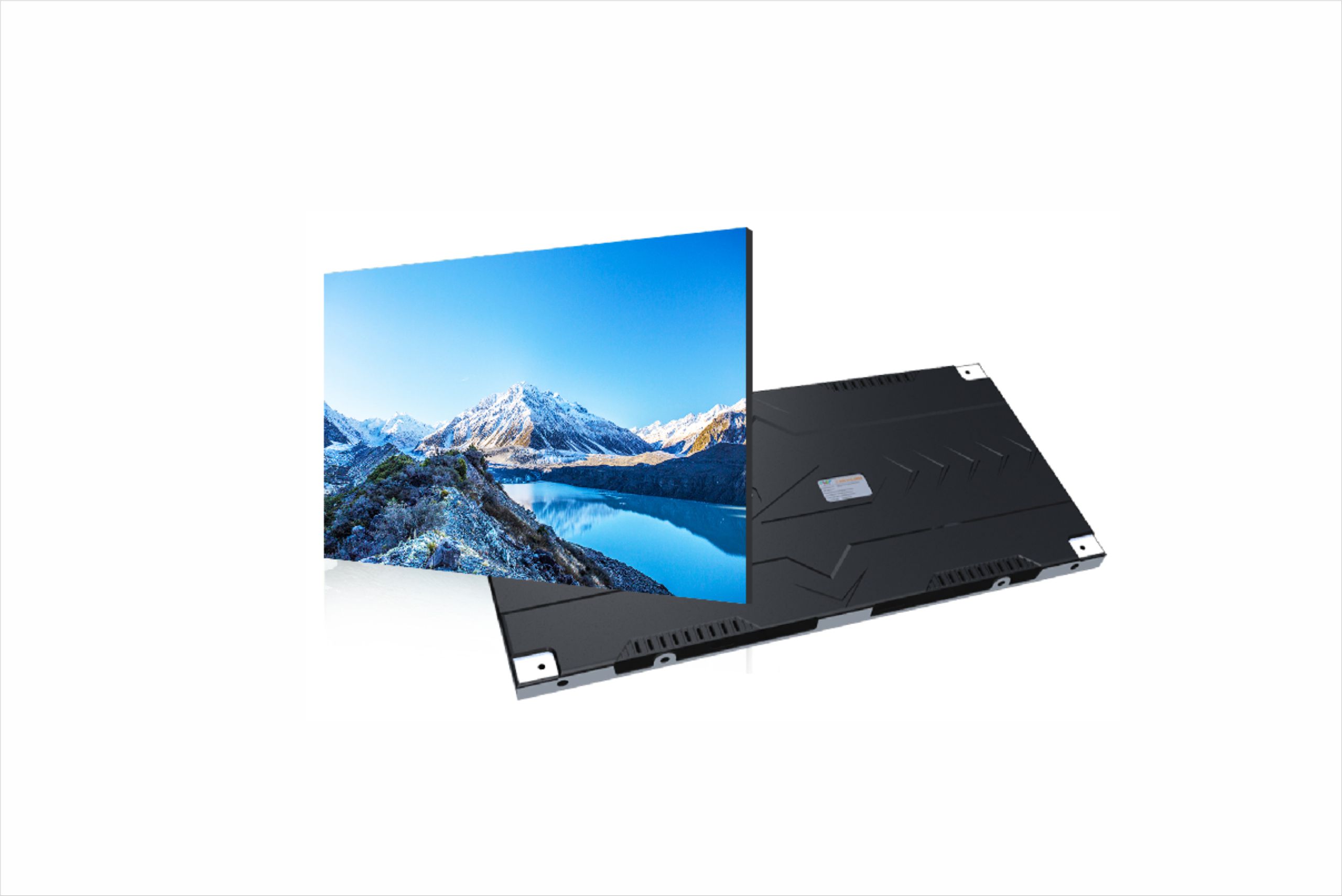Publisher: Supplier of LED Display Time: 2020-07-27 Views: 5707
At present, the indoor splicing large screen market is divided into three parts: micro-pitch LED display, DLP rear-projection splicing screen, and LCD LCD splicing screen. Among them, the micro-pitch LED display is the most prosperous, with seamless, high brightness, high grayscale, high Features such as contrast ratio and long service life are unmatched by other splicing types, so they have been highly recognized by the market and quickly seized a large share of the indoor splicing market.
The micro-pitch LED display can bring so many excellent performances, which is inseparable from its perfect performance in terms of seamlessness and flatness. These are mainly beneficial to the key processes and box structures used in the manufacture of micro-pitch LEDs. That is, high-precision CNC machining technology and die-casting aluminum box. Let's briefly introduce the structure and installation of the LED box.

1. Bracket magnetic installation: The bracket magnetic installation is mainly used in applications where the display effect is not too strict and the front maintenance is not required. The rear installation space is not required, the installation is simple, but there is almost no flatness and seam To adjust the design of the mechanism, it is necessary to install the LED control system and the rear wiring of the wire after installation. Compared with other installation methods, it is difficult to ensure the flatness and seam of the entire screen after installation. The consequence of this is that the display effect is average.
2. Simple box-type installation: For the LED display unit using this installation method, the receiving card and switching power supply are generally integrated in the box, and there is no need for additional installation and configuration of wiring. The box is mainly made of iron sheet material, and the installation is relatively simple. It is mainly used in occasions where the display effect is required, easy installation and maintenance, and post-maintenance use; the processing technology of the box is relatively rough and the accuracy is not high; the result is that the adjustment accuracy of the seam and flatness is general. .
3. Installation of traditional die-casting aluminum cabinets: Each display unit cabinet is processed with high-standard mold-level processing, small die-casting aluminum structure, high-precision CNC processing, adopts modular installation structure, and has joints and flatness adjustment mechanisms. For example, Voury's micro-pitch LED display adopts seam fine-tuning technology, and the error of horizontal and vertical adjustment is ≤0.01mm, so that the splicing error is almost zero, the screen body is flat without bumps, the bright and dark lines of the screen are eliminated, and the flatness of the whole screen < 0.1mm.